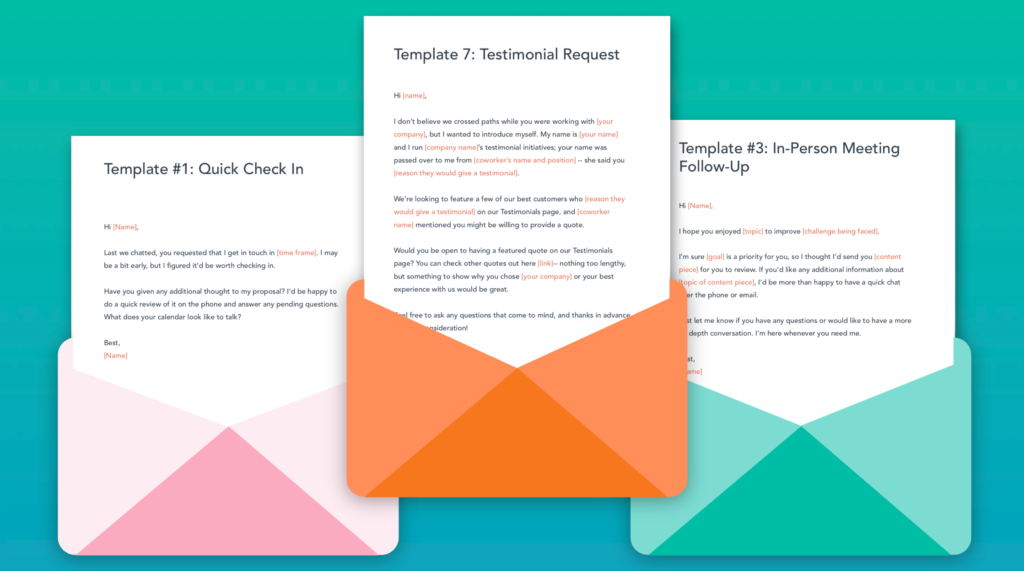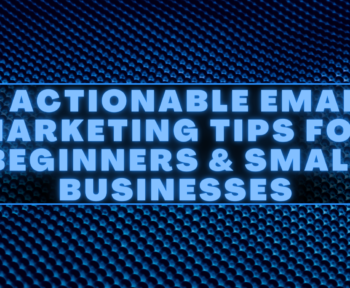We are in 2023 and I would like to acknowledge You with fresh email marketing best practices in 2023.
Email marketing is the use of email to promote products or services, build relationships with customers, or acquire new customers. It is a cost-effective and efficient way to reach a large audience, as well as a valuable tool for building and maintaining customer relationships.
Some common email marketing tactics include:
- Newsletters: Regularly sending a curated collection of content, promotions, or updates to subscribers.
- Promotions: Send emails to promote sales or special offers.
- Transactional emails: Automated emails sent to customers in response to specific actions, such as confirming a purchase or resetting a password.
- Re-engagement campaigns: Send targeted emails to inactive subscribers to encourage them to continue receiving communications.
- Lead generation: Using email to collect new leads, such as by offering a lead magnet in exchange for an email address.
Email marketing campaigns can be executed using an email service provider (ESP) which is software that allows businesses to send bulk emails, create and manage email lists, and track the success of campaigns. Some popular ESPs include MailChimp, Constant Contact, and AWeber.
Successful email marketing campaigns require a well-planned strategy, targeted messaging, and great content. The key is to understand your audience, segment your email list, personalize your communications, and provide value to your subscribers. By following email marketing best practices, you can increase the effectiveness of your campaigns and achieve better results.
Email Marketing Best Practices 2023

Keeping these tips in mind while crafting Your email marketing campaigns will help You in running a successful email campaign. So, here are some email marketing best practices that will greatly help You in running a successful email marketing campaign in 2023 so let’s begin.
1. Obtaining permission: Always obtain explicit permission from recipients before sending them email communications. This can be done through an opt-in process, where recipients provide their email addresses and confirm their willingness to receive emails.
2. Segmenting your list: Divide your email list into smaller groups based on characteristics such as demographics or past behavior. This allows you to send more targeted and relevant messages to specific segments of your audience.
3. Personalization: Use personalization techniques such as addressing recipients by name, or referencing their past interactions with your brand. Personalization can increase open and click-through rates.
4. A/B testing: Send different versions of an email to small groups of recipients to see which performs better. This can help you optimize your subject lines, content, and call-to-action.
5. Deliverability: Ensure that your emails are delivered to recipients’ inboxes by following best practices for email deliverability, such as using a double opt-in, maintaining a low bounce rate, and avoiding spam trigger words.
6. Avoiding Spam: Make sure to follow the rules and regulations of email marketing, like the CAN-SPAM Act, to avoid your emails being labeled as spam.
7. Measuring success: Track metrics such as open rates, click-through rates, and conversion rates to measure the success of your email marketing campaign and make data-driven decisions.
8. Responsive design: Ensure that your emails are optimized for display on different devices and screen sizes by using responsive design techniques.
9. Timing: Test and determine the best time to send your emails, as this can greatly affect the open rate.
10. Provide value: Make sure the content of your email provides value to the recipient, whether it’s informative, educational, or entertaining.
11. Make it easy to unsubscribe: Provide a clear unsubscribe link at the bottom of each email, and make it easy for recipients to unsubscribe if they no longer wish to receive your communications.
Overall, the goal of email marketing is to build a relationship with your audience and provide them with valuable and relevant content. By following best practices, you can increase the effectiveness of your email marketing campaigns and achieve better results.
Final Thoughts

In conclusion, email marketing in 2023 is a cost-effective and efficient way to reach a large audience, as well as a valuable tool for building and maintaining customer relationships. By following best practices, businesses can create effective and successful email campaigns that are tailored to their audience, provide value and build trust.
These best practices include obtaining explicit permission from recipients, segmenting email lists, using personalization, A/B testing, ensuring deliverability, measuring success, using responsive design, timing, providing value, making it easy to unsubscribe, and following the rules and regulations of email marketing. With a well-planned strategy, targeted messaging, and great content, email marketing can be a powerful tool to drive business growth and generate revenue.
Hope You find this information helpful. Don’t forget to share and benefit others. Thank You





